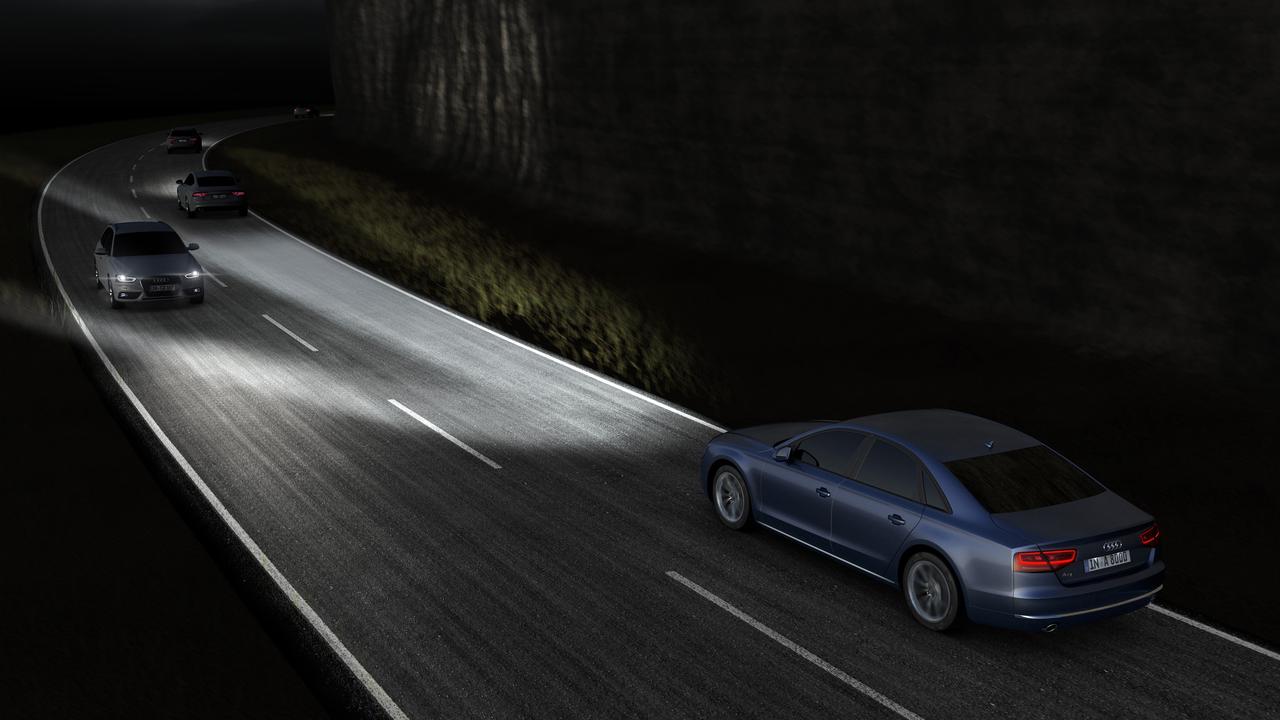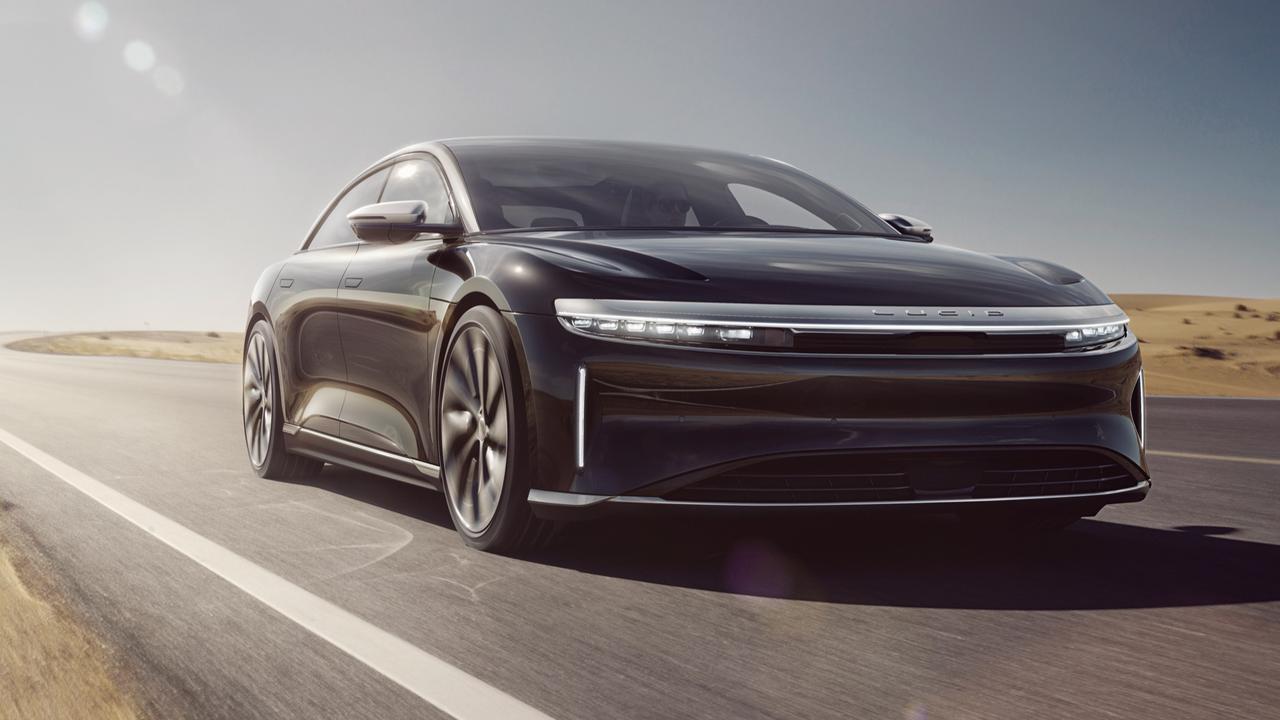Common sensors: Safety technology takes the wheel
A raft of software protects you on the road. John Carey explains the names.

SENSES were once the basis for all driving decision-making. Sight, hearing, smell and touch were all we had to work with behind the wheel. Now, in today’s hi-tech world, sensors are here to help.
They may already have saved you and your loved ones from disaster.
Car makers began using them in the 1970s and ’80s, when wheel-speed sensors made possible the development of anti-lock brakes, or ABS, which prevented the wheels locking up if you braked too hard.
These were joined by steering angle, G-force and turning-rate sensors to create electronic stability control (ESP) in the ’90s. The sensors pick up when a car is losing control and brake individual wheels to keep it on the black stuff.
The Australian Government mandated the fitment of ESC in all new cars and SUVs sold in Australia from November 2011, something worth remembering when buying second-hand.
Today, sensors are increasingly being combined with cameras and radars to save you from yourself. And the good news is that this type of technology has trickled down quickly to the affordable end of the new car market.
Only a few years ago, driver assistance technology was found only in up-market models made by pioneers in this field, such as Volvo and Mercedes-Benz. Today it’s available, either standard or as an option, in cars and SUVs from affordable brands such as Toyota, Mazda, Hyundai and Holden.
Marketing departments were already working overtime to come up with names for each new safety or driver-aid feature enabled by the proliferation of sensors. They struggle to come up with memorable labels for families of digitally connected gear. Toyota Safety Sense, Mazda i-Activesense and Holden Eye are just a few.
All can be very confusing for the new-car buyer. Here’s a guide to help untangle the brochure babble …
AUTO BRAKING
When sensors “see” a collision hazard ahead, autonomous emergency braking slams on the car’s brakes.
Because it will brake, violently if required and without driver input, AEB is regarded as a big new development in safety with almost magical powers. And it is.
This technology has been shown to cut significantly the number of crashes, injuries and deaths on the road. It should also reduce your annual car insurance premium, as insurers recognise its ability to stop nose-to-tail fender benders.
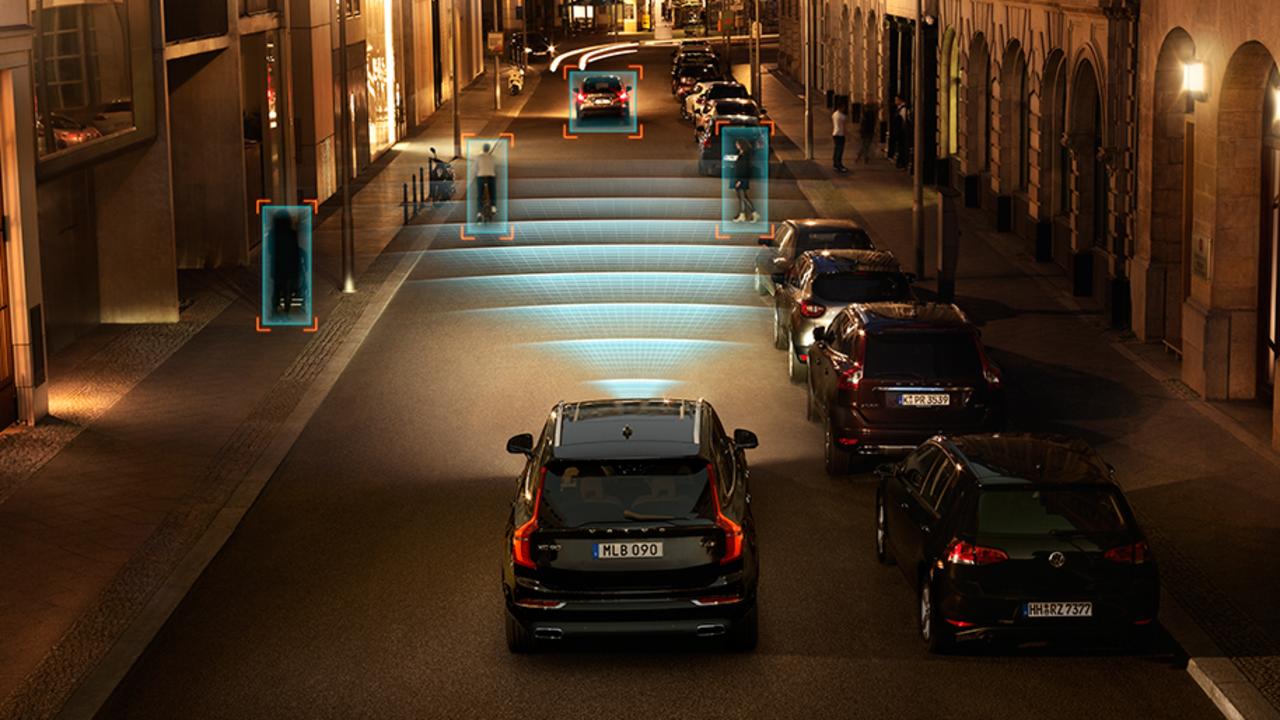
AEB was born when car makers teamed video cameras with forward-facing radar sensors, which were often already in place to support adaptive or active cruise control (see below). Some recent examples use lidar, which works like radar but uses light waves instead of radio waves.
Signals from both sources are typically fed to an on-board computer. In the trade, this is known as sensor fusion. Software interprets information on the size, shape, speed and radar or lidar reflectivity of objects ahead.
Taking into account other available data on the car’s speed and direction, it can identify a collision about to happen.
When it does, an AEB-equipped car will first beep or blink. If that doesn’t get the driver’s attention, the next stage is usually a gentle brake application. If there’s still no response, AEB hits the brakes hard to avoid the collision or minimise impact speed.
Some models automatically prepare for impact, tightening seat belts and taking other measures.
Some AEB setups are only designed for low-speed driving. If you see the word City in the name it’s a sure sign that a car’s AEB is this type. The Smart City Brake Support in the Mazda3 is a good example, operating from 4km/h-30km/h.
Others have a broader operating speed range. AEB in the latest Mercedes-Benz E-Class works up to 200km/h.
There’s also great variation in how the tech perceives hazards. AEB is designed to recognise a stationary or slowing vehicle ahead. The primary aim of the technology is to avoid rear-end collisions. More advanced versions identify, and automatically brake for, pedestrians, cyclists and sometimes large four-legged animals. Volvo often takes the lead in extending the powers of AEB in this way and Subaru does so at the more affordable end of the market.
TURN ASSIST
Audi’s Turn Assist uses AEB sensors to prevent an unobservant driver turning across the path of oncoming traffic. Now in the Q7 and A4 models, it operates at 2km/h-10km/h — but only if the driver is indicating. Volvo has similar technology in its new XC90, S90 and V90.
ACTIVE CRUISE
Active (or adaptive) cruise control is a desirable driver aid, a genuine long-journey stress reliever that’s fitted in almost everything with AEB. At its best, active cruise not only keeps a safe distance to the car ahead in motorway driving but also automatically brakes the car to a complete halt and accelerates again in stop-and-go traffic.
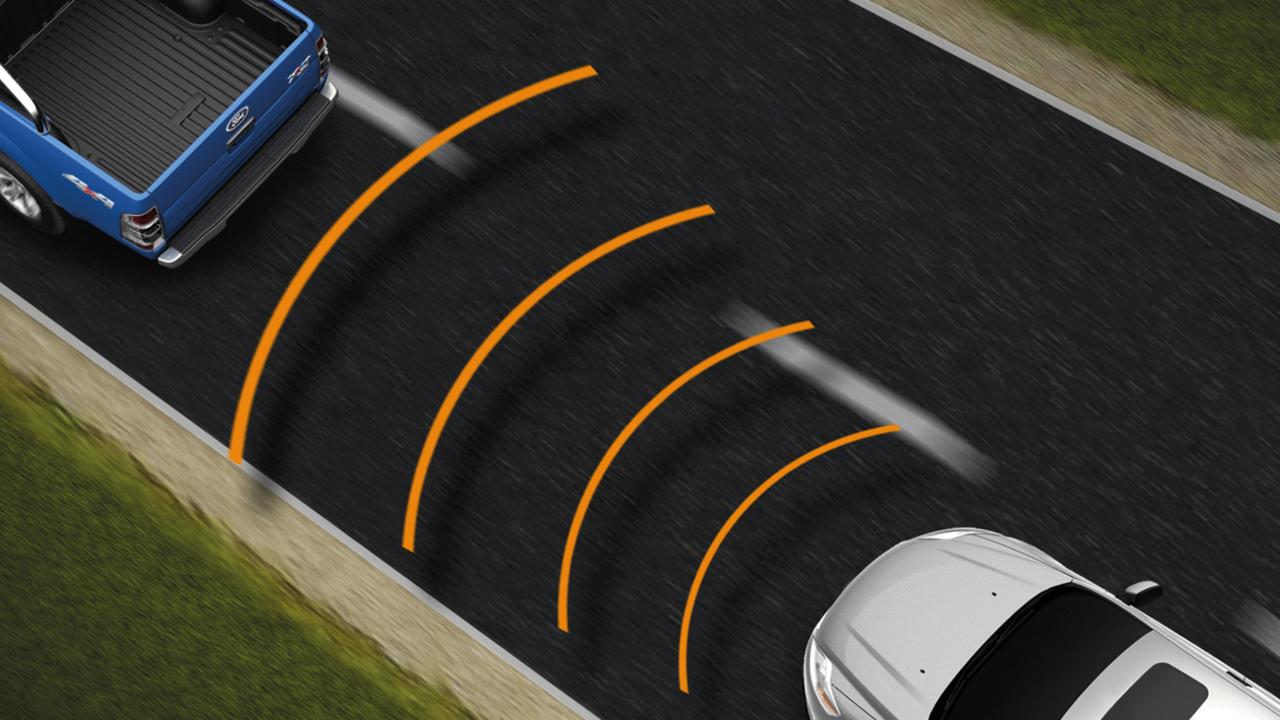
LANE WARNING
Another use for the video camera data stream required by AEB, this prompts or prods the driver to stay in the lane. The camera must be able to recognise lane markings, sometimes an impossibility if the marking are poor or the light levels don’t suit the camera. Some lane keepers simply beep or blink and others vibrate or nudge the steering wheel. Some will even steer the car to prevent lane departure, though the driver can always override these inputs.
BLIND SPOTS
Blind spot warning and rear cross traffic alert are the generic names for tech that relies on extra, rear-mounted, wide-beam radar sensors. BSW flashes a warning light in the external rear-view mirrors when there’s a vehicle in the blind spot. RCTA intervenes when reversing slowly out of a parking spot or narrow street where the driver’s lateral vision is obstructed. Some simply emit visual and audible warnings. In the new Audi Q2, there will also be a jab on the brakes.
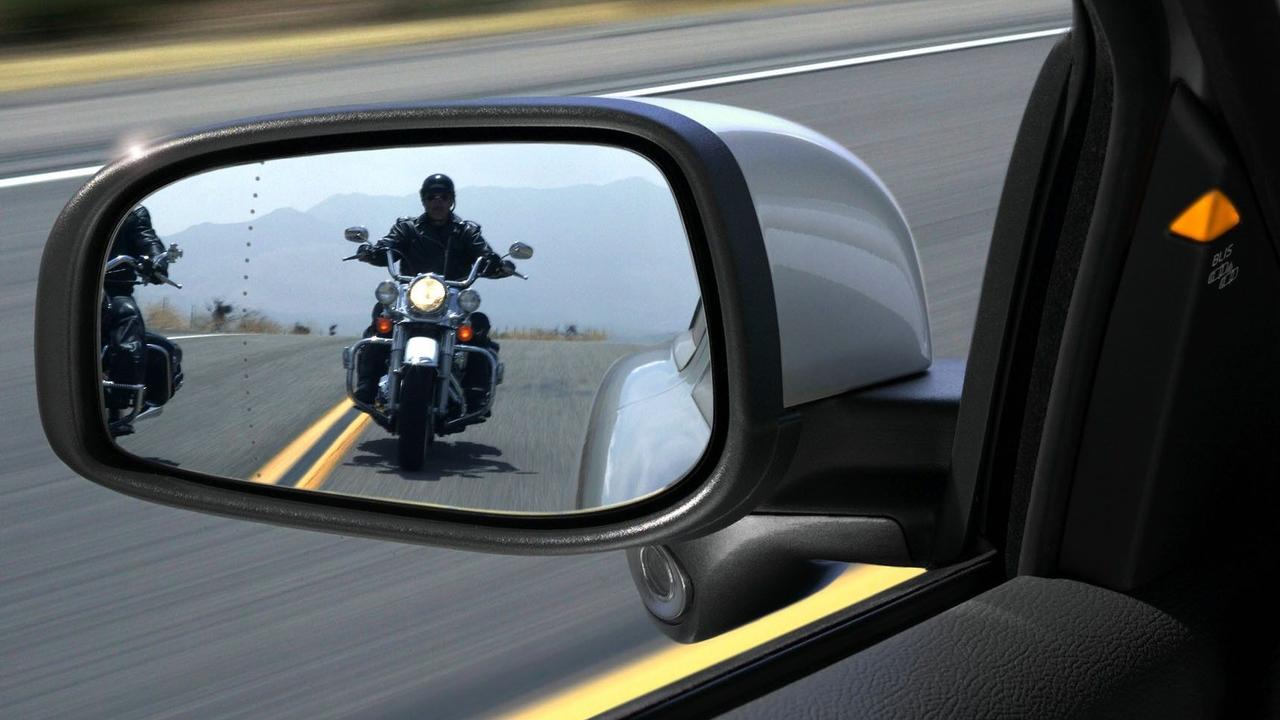
EMERGENCY AID
G-force sensors have been in cars for decades — they’re essential for airbags and ESC to work — and manufacturers are still thinking of extra uses. In a crash serious enough to inflate airbags, some cars automatically contact emergency services, often via an on-board SIM and the mobile network, with helpful and potentially lifesaving info, for example the precise location. BMW calls this tech Intelligent Emergency Call — at the lower end of the market, Ford has Emergency Assistance. Even simpler is the tech that senses hard braking and automatically sets the hazard lights flashing to warn following drivers.
ADAPTIVE HEADLIGHTS
Adaptive headlights use steering wheel angle sensors to anticipate an approaching curve in the road and bend their beam to peer around corners.
More recent technology allows drivers to leave their high-beam on permanently without dazzling oncoming drivers. Cameras scan the road ahead and shut down or dim individual LEDs so that the approaching traffic is shaded but the surroundings stay brightly illuminated.
